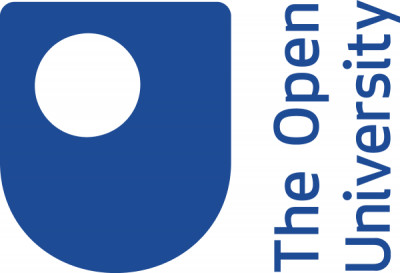This free course, An introduction to computers and computer systems, challenges how we view computers through the examples of processors in kitchen scales and digital cameras, as well as examining the work of art that, at heart, is a computer. You will also explore how computers are connected together to achieve even more than when working alone.
Overview
Syllabus
- Introduction
- Introduction
- Acknowledgements
- Session1Session 1: Computers and processors
- Introduction
- 1 The first computers
- 2 The parts of a computer
- 3 The general purpose, programmable computer
- 4 Computers and data
- 5 Computers today
- 6 Summary of Session 1
- Glossary
- Acknowledgements
- Session2Session 2: The components of a computer
- Introduction
- 1 A Personal Computer
- 2 Processors
- 2.1 Multi-core processors
- 2.2 Processors in ‘invisible’ computers
- 3 Memory
- 3.1 Memory in ‘invisible’ computers
- 3.2 Memory beyond the computer
- 4 Peripheral devices
- 4.1 Input and output devices for physically impaired users
- 5 Connecting the devices
- 6 Computers as systems
- 7 Summary of Session 2
- Glossary
- Acknowledgements
- Session3Session 3: Some facts about processors
- Introduction
- 1 Processor statistics
- 2 What does a processor look like?
- 3 Moore’s law
- 4 Summary of Session 3
- Acknowledgements
- Session4Session 4: Representing data and instructions inside a computer
- Introduction
- 1 Switches
- 2 Representing data: bits
- 3 Representing data: bytes
- 4 An alternative to binary?
- 5 Representing text in binary
- 6 Representing numbers in binary
- 7 Representing pictures and music in binary
- 8 Representing images in binary
- 9 Representing audio in binary
- 10 This session’s quiz
- 11 Summary of Session 4
- Glossary
- Acknowledgements
- Session5Session 5: Examples of computers
- Introduction
- 1 The personal computer
- 2 Electronic kitchen scales
- 3 Digital camera
- 4 Summary of Session 5
- Glossary
- References
- Acknowledgements
- Session6Session 6: Computer programs
- Introduction
- 1 Software
- 2 Operating systems
- 3 Using flowcharts to describe a task
- 4 Using flowcharts to describe a task 2
- 5 Tasks for a typing tutor
- 6 Developing an application program
- 7 The language of the web
- 8 Summary of Session 6
- Glossary
- Acknowledgements
- Session7Session 7: Networks of computers
- Introduction
- 1 Technologies
- 1.1 An example network
- 1.2 Routers and switches
- 1.3 Local Area network (LAN)
- 1.4 Wide Area Network (WAN)
- 1.5 Wireless networks
- 2 The internet
- 2.1 Out of this world
- 3 The Internet of Things
- 4 Summary of Session 7
- Glossary
- Acknowledgements
- Session8Session 8: A look to the future
- Introduction
- 1 Pervasive computing
- 1.1 Ubiquitous computing
- 1.2 Calm technology
- 1.3 Ethical implications
- 2 Green computing
- 2.1 Carbon emissions
- 2.2 Home working
- 3 This session’s quiz
- 4 Summary of Session 8
- 5 Course summary
- Next steps
- Glossary
- References
- Acknowledgements

